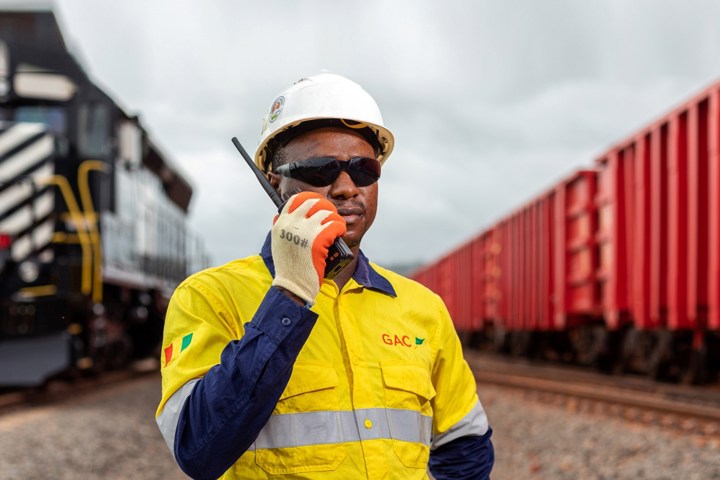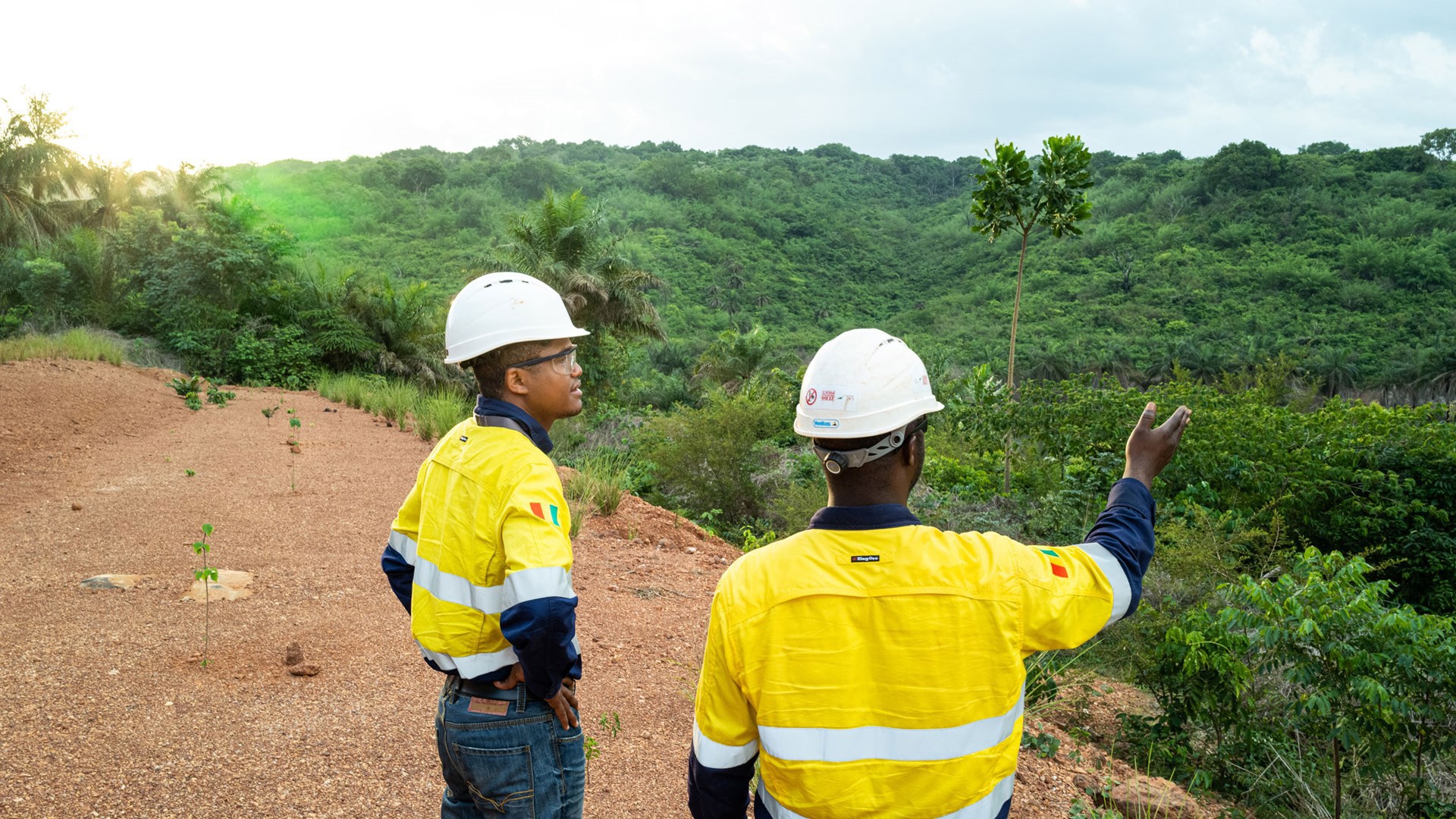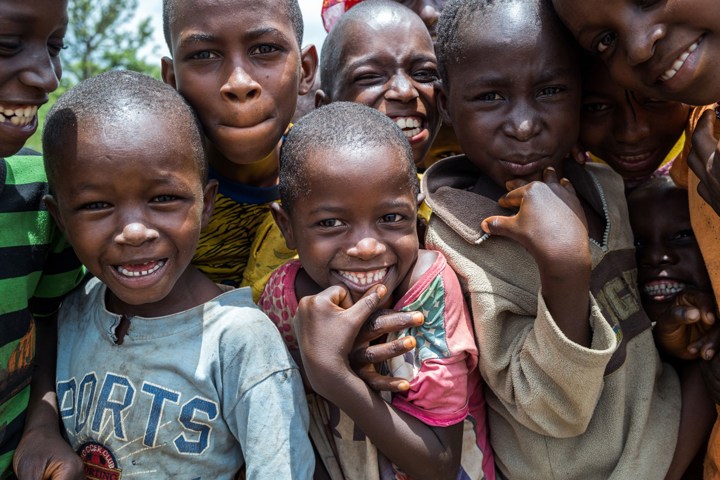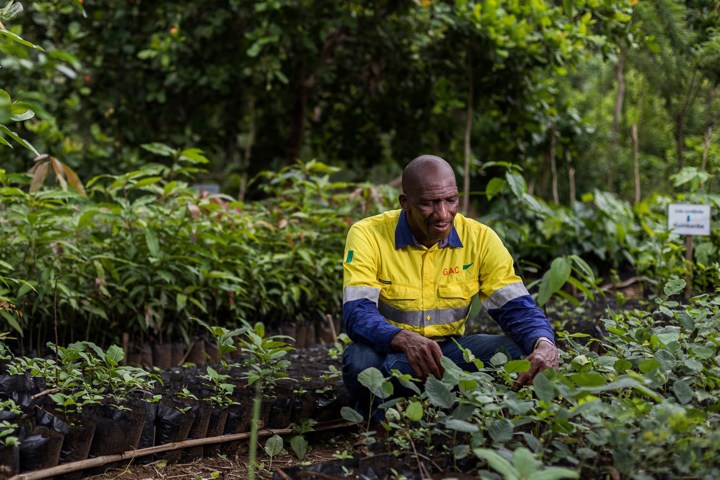

Environment
At GAC, activities with potential environmental impacts are overseen by a dedicated team of in-house environmental specialists. Working together, our operations and environment teams are responsible for managing all necessary controls, monitoring plans and audits plus finding opportunities for improvement.
Potential environmental impacts from the development and operation of our mine, rail and port have been identified through a detailed environmental and social impact assessment. This was prepared in accordance with the Equator Principles, the International Finance Corporation Performance Standards and regulatory requirements of the Guinean government.
Site activities are managed through a project-specific Social and Environmental Management Plan which is complemented by a series of detailed plans for air quality, biodiversity, dredging, noise control, soil management, waste management, water management, rehabilitation and reforestation.
Our activities are monitored by an independent third party to ensure that we are meeting all our commitments under the International Finance Corporation Performance Standards and the Equator Principles.

Biodiversity
Prior to the start of construction, our Social and Environmental Impact Assessment (SEIA) confirmed that our mine concession area, rail corridor and port areas are within close proximity to, and partially intersect, important areas for wildlife.
Our biodiversity conservation work is documented, published and governed through our Biodiversity Management Plan prepared in accordance with IFC Performance Standards and includes a commitment to achieve no net loss and positive gain for critical habitats.
So far we restored over 80,000 square metres of habitat using plant species native to the area and grown in our own local nursery.

Greenhouse gas emissions
Our greenhouse gas emissions are predominantly associated with the use of diesel for electricity generation, vehicles and mining equipment.
We monitor our emissions in order to identify trends and gather understanding of the principle abatement opportunities. We have recently improved the efficiency of our electricity generation through establishing a centralised package power plant and are exploring opportunities for the use of renewables in the future.

Air quality
We monitor gaseous emissions (SOx and NOx) from mobile equipment and generators. We also have dust particulate monitoring stations situated at strategic locations to record dust levels and to inform appropriate action necessary to avoid adverse impacts for nearby communities or wildlife.

Water Management
We manage our water-related impacts through an Integrated Water Management Plan. This plan establishes specific strategies and targets for water use, treatment and protection. Our main needs for water are for sanitation and dust suppression.

Waste management
Our comprehensive Waste Management Plan was developed in accordance with both national and international standards, the primary goal being to divert all waste from landfill. We have designated waste storage areas on our sites for both hazardous and non-hazardous waste streams and our Environment team ensures that wastes are segregated and appropriately stored at the designated storage areas until disposal.
The majority of waste generated from mining operations is associated with the maintenance of machinery and equipment, in addition to sanitary and domestic waste from offices and welfare facilities. Waste subsoil and vegetation material is reused wherever possible throughout our mine site.

